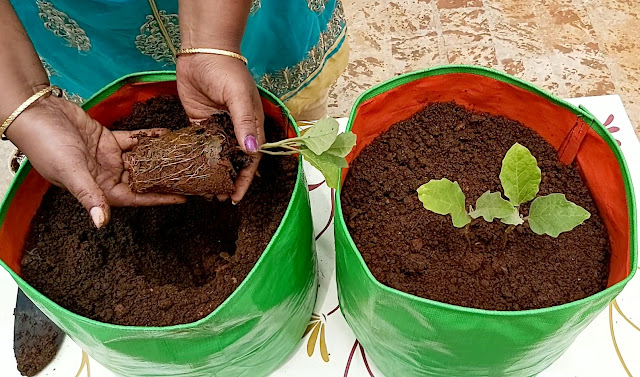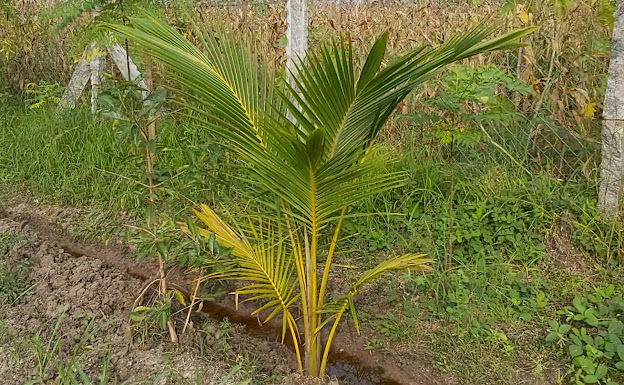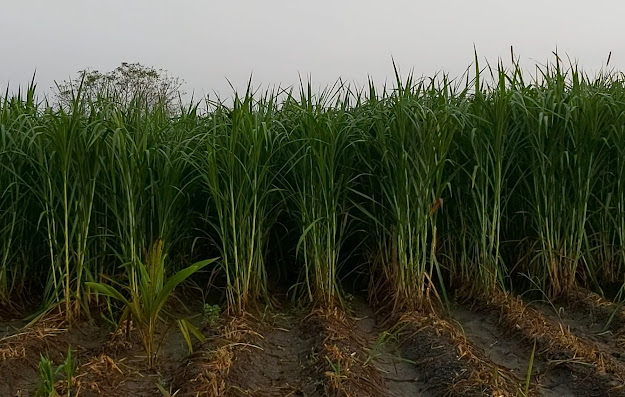How to Fertilize Brinjal plants:

Brinjal - Vegetable gardening at home: Apply a balanced fertilizer like cattle compost twice during the growing season . Fertilizer to be applied through side dressing , a process of digging a 6-inch trench around each plant and applying a fertilizer to it to keep nutrients available to the plant on an as-needed basis. Side dress again in about two to three weeks. You can also fertilize your seedlings with vermicompost tea As the fruit grows, it will need regular replenishment of nutrients in the soil. A good-quality 10-20-20 fertilizer is used for this purpose, which contains twice as much phosphorus and potassium than nitrogen .






